If you haven’t already heard us talking about Grandbaby Cakes: Modern Recipes, Vintage Charm, Soulful Memories, then please sit down and let me talk to you about the best cookbook of the season.
Grandbaby Cakes gives a nod to heirloom recipe books of yore, but maintains a fresh, accessible, and enormously aesthetically pleasing feel. Jocelyn Delk Adams began the Grandbaby Cakes blog a few years back, and the mini-bio on her “about me” page bears repeating:
“I created Grandbaby Cakes, a blog inspired by my grandmother, to display classic desserts and modern trends while showcasing the pastry and sweets field in an accessible way. I hope to inspire a new generation of bakers and dessert enthusiasts to learn baking skills and not feel guilty about enjoying dessert. At an early age, I loved visiting Mississippi to watch my grandmother, or “big mama” Maggie as my family affectionately calls her, bake. Big mama bakes cakes that literally have her neighbors lined up around the block waiting for a taste. She not only invents (yes, she developed all of her own recipes) the most delicious melt-in-your-mouth desserts I’ve ever tasted, but she also infuses them with so much love.”
Pulling from the recipes passed down from her grandmother to her mother and finally to her, Adams has put together a heartwarming, mouth-watering cookbook of deserts. Before she arrived for her signing a month or two back, a few of us here at Lemuria took the cookbook home; determined to have a few recipes available for tasting during the event. Every single desert was amazing. Here’s a preview of what we brought to the signing:
Cornmeal Pound Cake (with honey-butter glaze)
Zucchini Cupcakes (with lemon-cinnamon buttercream)
Coffe-Toffee Pumpkin Cupcakes
We all pigged out hard, and while we munched, we spoke with Jocelyn and Jocelyn’s mother who was touring with her. These two women were so down-to-earth and happy to discuss recipes and baking techniques, and were so complimentary of our humble cake offerings. When Jocelyn heard that I had hand mixed (with a spoon, not a hand mixer) everything in the recipe I contributed, she ooh-ed and ahh-ed over the cake enough to make me feel like a master baker– and that’s just the way she is. A woman who puts you at your ease, who works hard, compliments hard work, and means it.
It must seem strange to talk more about the author of a cookbook than the recipes themselves (which can stand alone without any of my help- they are phenomenal), but Adams’s thoughtful and kind personality shows through every inch of Grandbaby Cakes. Here is the book you need to put into the hands of any cook you know; from novices to experts in the kitchen, Grandbaby Cakes is the perfect gift this holiday season.
And just remember, a little extra salt from getting misty-eyed while reading about Adams’s family memories will only make your Snickerdoodle Gooey Cake sweeter.
“If this glorious book doesn’t make you want to drop everything you’re doing and go bake a cake right now, then I don’t know what will. Jocelyn’s spectacular cake creations are positively bursting with beauty, color, flavor, and fun. Make no mistake about it: this book will ignite the baking passion within you!” —Ree Drummond, author of The Pioneer Woman Cooks
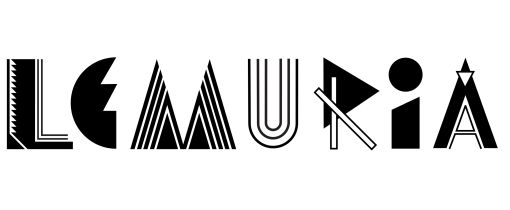
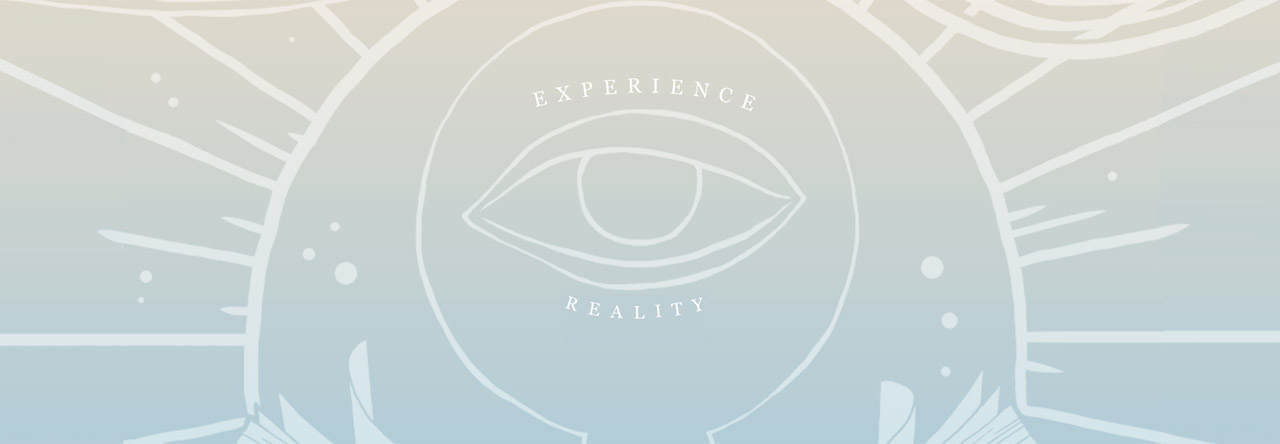
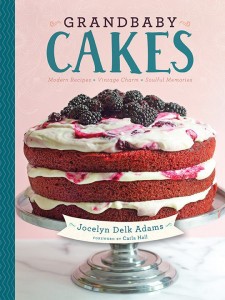


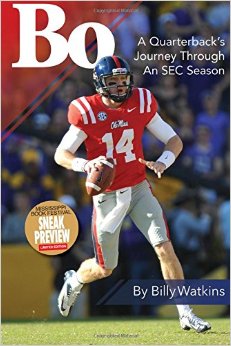 fully convinced, by the Ole Miss iconography on their respective covers. I think they’re both worth your time, but they do work on different levels.
fully convinced, by the Ole Miss iconography on their respective covers. I think they’re both worth your time, but they do work on different levels.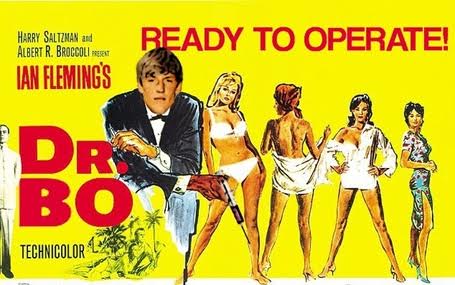
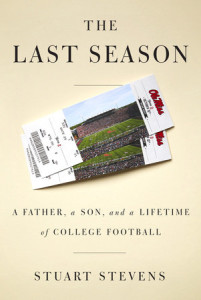
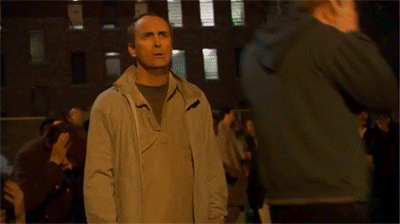
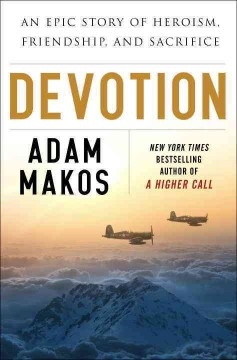
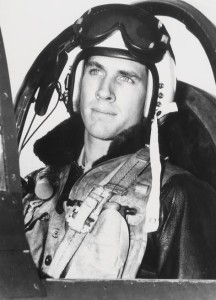

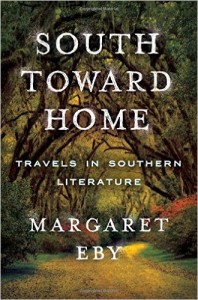


 There are several talented people, thankfully, who are up for the task of intimate, non-blog journaling. Sarah Manguso’s new book,
There are several talented people, thankfully, who are up for the task of intimate, non-blog journaling. Sarah Manguso’s new book, 





 Carolyn Brown tells us how she came to write a new biography on Eudora Welty.
Carolyn Brown tells us how she came to write a new biography on Eudora Welty. Flash forward to 2006. I am married with two children, and my husband gets a job in Jackson. I haven’t thought much about Eudora in the intervening years, but I receive a gift from the company which is wooing my husband to Jackson. It is Suzanne Marrs’ biography of Eudora, newly published and signed by the author! I am overwhelmed. I think, “This company gets it–this is not the standard fruit basket. It’s a wonderful, meaningful gift.” We move to Jackson, and a few months later I am hired by Millsaps and meet the author, Suzanne Marrs.
Flash forward to 2006. I am married with two children, and my husband gets a job in Jackson. I haven’t thought much about Eudora in the intervening years, but I receive a gift from the company which is wooing my husband to Jackson. It is Suzanne Marrs’ biography of Eudora, newly published and signed by the author! I am overwhelmed. I think, “This company gets it–this is not the standard fruit basket. It’s a wonderful, meaningful gift.” We move to Jackson, and a few months later I am hired by Millsaps and meet the author, Suzanne Marrs. Since I have lived in Jackson, I have loved seeing the Welty House and Visitors Center grow–moving from Eudora’s garage into the beautiful facility that houses the museum today. I have loved giving tours, making presentations to the docents, and working closely with Suzanne on her books. Living in what I affectionately call “Welty World” reawakened my love of the author and my desire to write about her again.
Since I have lived in Jackson, I have loved seeing the Welty House and Visitors Center grow–moving from Eudora’s garage into the beautiful facility that houses the museum today. I have loved giving tours, making presentations to the docents, and working closely with Suzanne on her books. Living in what I affectionately call “Welty World” reawakened my love of the author and my desire to write about her again.


